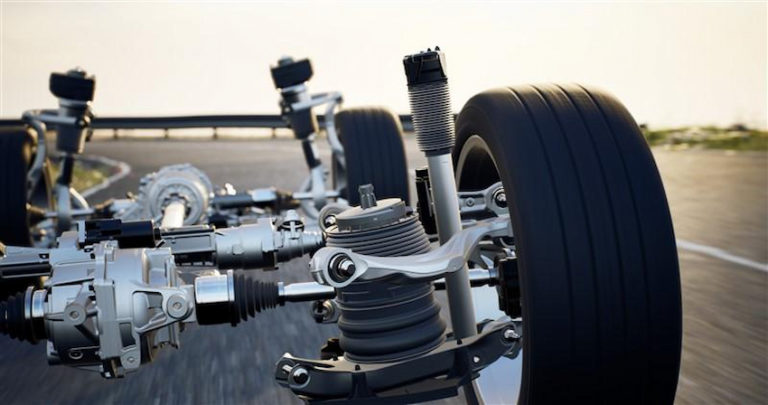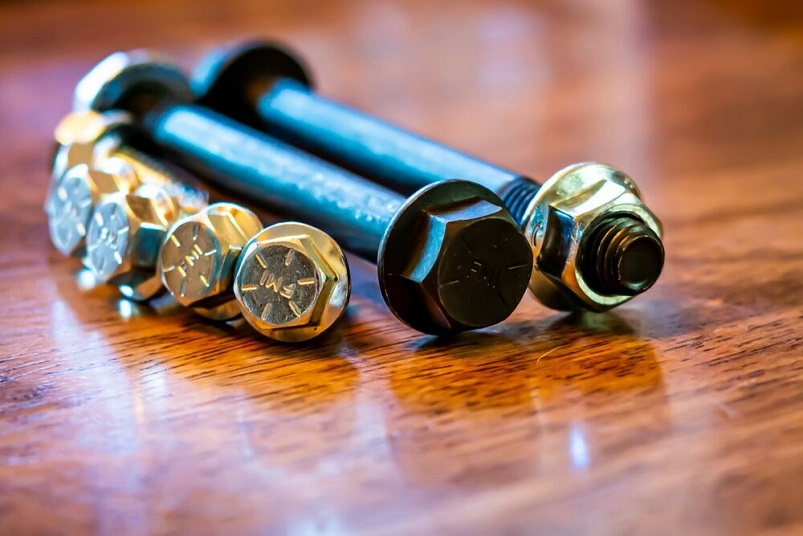
The moving force behind every vehicle figuratively and literally is the engine. The ICE (internal combustion engine) is one of the most revolutionary systems invented in the 19th century. While the main source of power for a combustion engine today is mostly gasoline there are still other alternatives such as diesel and biodiesel. But how does an ICE make use of these fuels? A combustion engine burns down the fuel with the help of oxygen. The fuel and oxygen are burnt through a process known as combustion that’s ignited by a spark.
The combustion results in controlled explosions that happen in the engine itself. These explosions move the piston which is connected to the camshaft. The camshaft turns from the movement of the piston caused by the mini-explosions, which then turns the wheels on the car. But to keep things in place during this process, an engine, like any complex system, makes use of car engine bolts and studs. Look at it this way – installing car mods improves your vehicle but essential components keep it running. So why not take care of these components?
Engine Head Bolts & Studs Explained
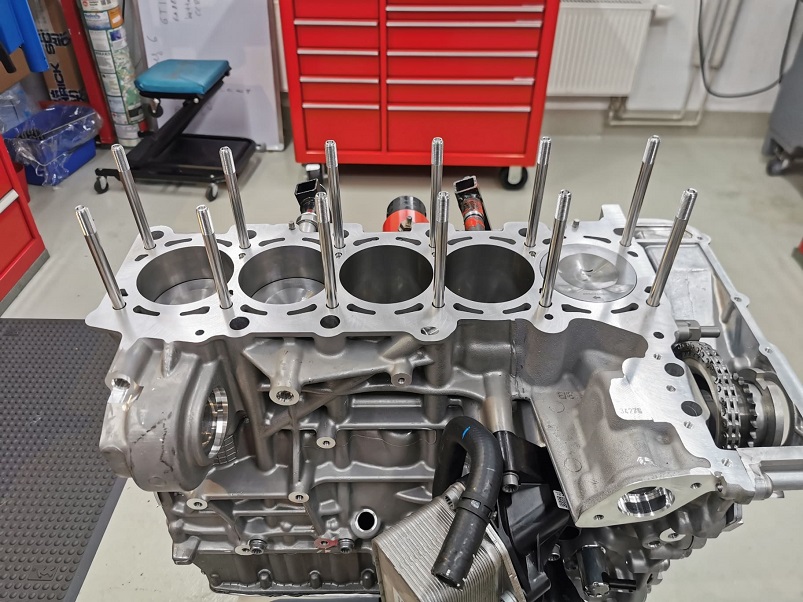
Bolts
Before I go head first into how to resolve the issue of a broken bolt or stud we must first differentiate one from the other. Engine nuts and bolts, as people know them, are parts that are usually partially or fully threaded. Bolts are not designed for specific use within an engine – they do a good all-around job at keeping things in place.
Studs
On the other hand, we have engine studs that are typically threaded on both ends. Oftentimes, you’ll see studs with an unthreaded middle section at the shaft. Studs are easy to identify since they do not have a head like engine nuts and bolts. This is what allows a stud to be used in very specific applications undergoing different treatments in their manufacturing process to make them more fitting. This includes being able to withstand high temperatures.
How to Remove a Broken Bolt from Engine
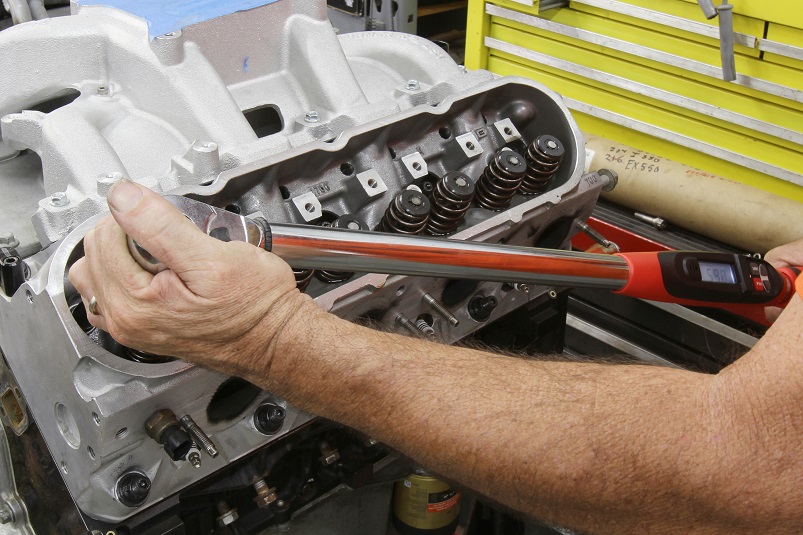
Not all engines are the same, so the removal of a broken bolt is not the same on every engine either. But when it comes to removing a bolt from an aluminium engine block, the process is not that difficult. In fact, since engine bolts have a head they are a lot easier to remove than their headless counterparts.
1. The first thing you want to do is ensure you have your toolbox nearby in case you need an extra tool to help you get rid of the bolt more easily. The first tool you’ll use here is a drill bit, preferably a hardened one.
2. Drill through the centre of the bolt and make sure to take your time when doing so. Then, use the centre punch to dig into the bolt before you start drilling again. Avoiding this step will make the drill wander. Again, take your time since you’re trying to open up the bolt to get a good grip on it.
3. After that, set up the size of the bit and drill the rest of the bolt out. During this part, you’ll see metal pieces and shavings fly out which is normal. To get rid of these metal pieces make sure to use a magnetic screwdriver. Run the screwdriver over where the metal shavings are so it picks them up.
4. With the drilling done and the metal pieces out of the way, get a screw extractor or mole grip and start extracting the bolt. Some would say that you should avoid using a screw extractor since it’s made from a rigid material.
5.This can make things difficult if the extractor breaks as the broken pieces will be hard to remove from where the bolt is. A mole grip can make things less difficult in this case, but no matter the tool you use you’ll need to be careful not to break it.
6. You can also try to remove the bolt, especially if there isn’t a lot of room to work with. This is done with the use of a spring-loaded centre punch. This process is quite slow, but it will definitely get rid of a broken engine bolt. You just need to be patient. The centre punch is used to slowly knock around the bolt. This can be done by finding a little edge on the actual bolt and then slowly knock it around the broken bolt.
Conclusion
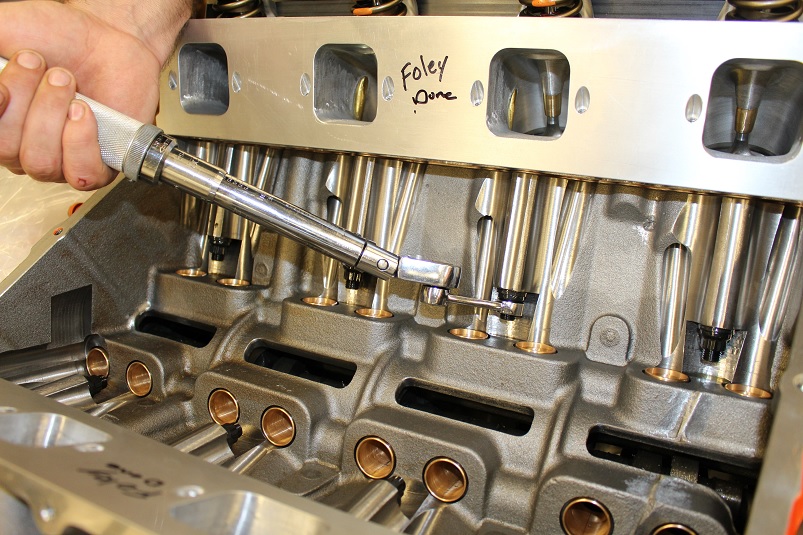
Dealing with such metal pieces can be quite annoying sometimes, especially when it comes to removing one from a complex component like a vehicle engine. What you need to remember is that when it comes to removing a broken bolt, patience and perseverance are everything, even if you decide to go with the faster removal process. It’s always better to finish last than to never finish at all.








